
With over a quarter million new websites created every single day, figuring out how to grow your business online is a challenge. Getting your website out there is becoming increasingly more difficult to overcome. Check out these 13 straightforward steps and get your business growing on the internet.
As a business owner, you have to run all aspects of your business. This ranges from day-to-day operations, managing your finances, team, partners, clients and customers, to planning out crucial strategies, continually improving your business website and brand perception, and looking for any ways to get the edge on the competition.
Don’t immediately get discouraged though. There are tried-and-tested ways with which anyone can grow an online business and digital presence. All it takes is just a little forethought and preparation.
Table of Contents
Conduct an Assessment of Your Business
Before you decide to splurge on new equipment or exciting tools that your competitors might be using, take a step back and assess the core structure of your business and where and how growing your online business factors into the equation. Purchasing new tools might very well turn out to be the best move for you. Still, it shouldn’t be done as an impulse reaction. Seeing a shiny product that promises you top Google rankings or increasing your ROI three-fold in six months is almost never real.
Evaluate the needs of your website, digital presence across the web, and your social media. Check how they fit with the rest of your business. If they’re simply there to showcase a physical address and a phone number, then it might not be worthwhile. If most of your clients come through word of mouth and stay with you for a long time, spending extra on audit tools is overkill. For eCommerce, SaaS, or PaaS businesses, websites are the most crucial element.
Always keep in mind that tools are meaningless if they can’t meet your business’ needs. Don’t get tools if you don’t have the people who can actually use those tools on a regular basis.
Taking a deeper dive into your sales and marketing data might reveal information about a new target audience or marketing channel that you haven’t thought much of in the past but is potentially a great source of untapped revenue.
Data from assessments can also reveal weaknesses in your business strategies. Detecting these vulnerabilities early on can help you prepare for such risks or avoid them entirely.
Learn more about your target audience
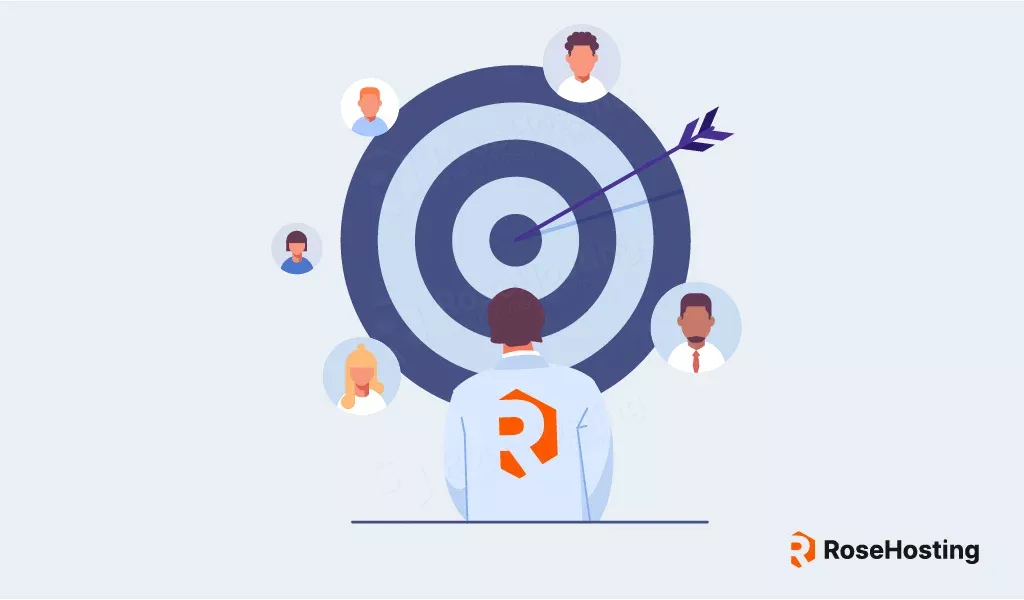
It doesn’t matter if your business is in its infancy, or if you’re been active for years, or even decades. Getting an understanding of who your target audience is is necessary for any business. Key points like where you can find your audience, what their pain points are, and how you can offer them a solution that will make their lives easier.
You’ll no doubt have a rough idea about who you want to sell to, but to really grow your business online you need to define the different user personas and aim to understand them before using a shotgun targeting approach. Crucially, make sure that this research is data-backed instead of just relying on gut-feel.
You should understand what their pain points, goals, and motivations are, as well as how best to communicate with them. Knowing this can help you develop a distinct brand voice and refine your approach. More importantly, you’ll know where to target each specific persona group. Don’t waste your marketing dollars targeting hot leads in places where only cold leads exist with intrusive tactics.
Do competitor research
One part of the puzzle is having information about your own business and your ideal customers. The other side of that coin is understanding the rest of the market, which is typically influenced by your competitors.
Online businesses are growing at a rate of roughly 10 applications per minute in the USA. That’s 14,400 applications per day in the US alone.
While the internet opens you up to a larger audience, it also exponentially increases your competitors. This also increases the ease at which customers can find them and compare them with your offerings. To get a leg up, you need to study the best of the best, and replicate their optimal strategies.
When looking at your competitors, take note of what works and what doesn’t. Don’t underestimate your competition or overestimate your business and vice versa on a gut feeling. Rather try to compare elements from a neutral perspective, because that is how your potential buyers will most likely view you both.
Thankfully, for online businesses, comparison is far easier and more accessible with a number of free and paid tools and sources such as user reviews at your disposal. Your competitor analysis however will involve a more than just product, branding, and marketing comparisons.
Paying attention to how your website performs on search engines like Google and Bing can be pointless for offline stores. In contrast, search results are absolutely vital for any online business that has no foot traffic. Performing a search engine optimization (SEO) comparative analysis is simplified with SEO tools used to measure specific metrics that you need to pay attention to.
On-page, off-page, and technical SEO metrics like click-through rate, backlinks, and page speed will help you refine your SEO strategies. On top of that, these help you rank higher on search engines, as well as help your website convert better.
A better SEO performance can lead to more visibility for your business and make your brand more recognizable to your customers.
Hire the best people

The key component to any business, online or offline, is hiring the best people for the job.
Having a team that believes in your product and your mission will help keep your efforts aligned and make it easier for you to achieve business goals.
The ideal team is comprised of people who can offer the right skills, experience, and creative perspectives. Being surrounded by experts and people who are more skilled and knowledgeable than you might sound intimidating. It’s actually the best thing that can happen to you. If you’re the smartest person in the room, you are in the wrong room.
Working with experts in their respective fields will help steer your business in the right direction on all fronts. Learning from experts is also a great way to equip yourself with valuable skills. Become a better leader through understanding that the whole is better than the sum of the parts.
Of course, getting the right people is only one part of the equation. A good work culture, training and development opportunities develop good workers into enthusiastic brand ambassadors that will bring more to the table than just the role you hire them for.
Build and maintain a quality website
A core component of any online business is a good website. After you decide on the type of website you’ll need, it’s important to pick a good Content Management System (CMS). There’s lots of variety, such as WordPress, Magento, Drupal, or Joomla depending on your business needs. After that’s decided, you’ll need to plan out the pages and content of your site. Alongside that, plan the typical customer journey your visitors will take and build out from there.
As our focus is on an online business, SEO and page load speed are going to be critical to the success of your business. You will need to follow best practices in terms of on-page content. Learn to utilize outreach techniques to build your off-page SEO and branding. Most importantly, you’ll need to ensure your technical SEO is as best as can be.
Technical SEO is typically the most complicated but also the most necessary of the three SEO pillars. While you will require assistance from an expert SEO, internally or externally, do bear in mind that certain fully-managed hosting providers will include server optimization, caching and CDN setup as part of their managed service. That will help get your page speed as optimized as it can be.
This will not only help you drastically in getting your SEO to the point where it needs to be to rank higher than your competition, but it will also speed up your site converting more visitors that do come into actual paying customers.
Speaking of managed hosting, you definitely need to…
Choose the Right Web Hosting Provider
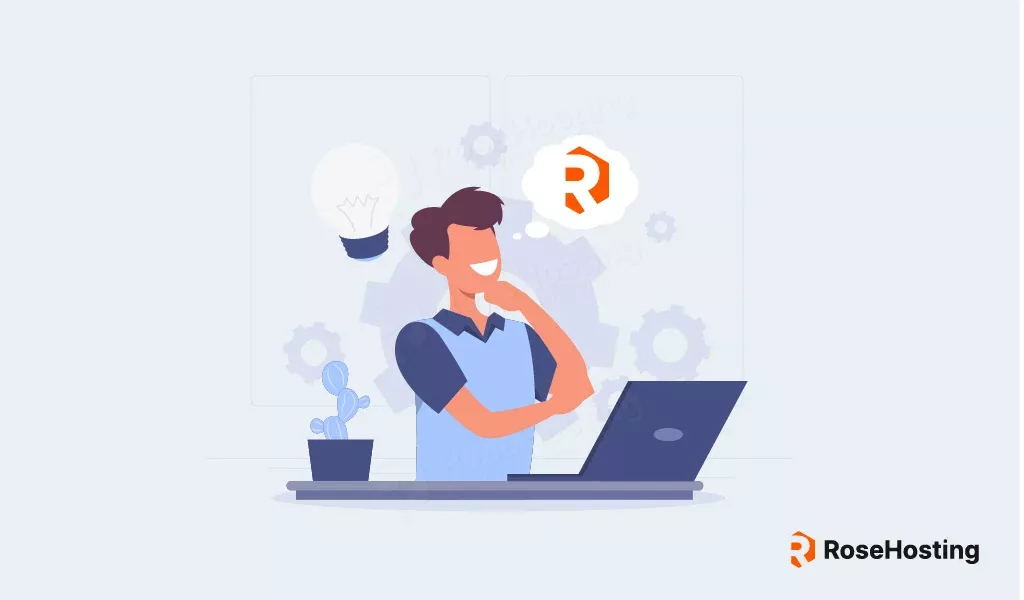
Search engines and ideal customers for any online business have one thing in common: they value a great user experience.
You need to keep an eye on and optimize your site speed, usability, and core web vitals to ensure that your website performance is top-tier. Because if you don’t, you open the door for your competitors to get ahead easily. Having a fast-loading website with a user-friendly interface helps your site rank higher and is one of the primary factors that help users determine if they will buy from a website or not.
To better understand what a hosting provider does, think of your website as a person looking for a place to stay on a vacation. A hosting provider is like your holiday concierge. They offer three unique types of accommodation: shared hosting (hostel with shared room), VPS hosting (your own room, kitchen and bathroom), and a dedicated server (your own apartment penthouse).
The place you choose will either come as self-managed (DIY) or managed services. Think of managed services as the creme-de-la-creme of luxury services and all-inclusive service. 24/7 buffet and a-la-carte menus in the dining hall or delivered to your room. All your baggage and anything else you need carried for you. Booking to the latest and greatest show in town? Not a problem! Need someone to babysit the kids – it’s taken care of.
Managed hosting takes care of the arduous tasks you don’t know how to do or even those you simply find exhausting and don’t wish to touch.
Everything from migration, database installation and optimizations, and software installations and configurations, to proactive monitoring, vulnerability patch implementation, backups and resolving troubleshooting errors. You do not even have to do a Google search on what any of that means, and it’ll be taken care for you by professional Linux administrators. What’s more, with the best fully-managed hosting providers, you’ll get hand-holding support, suggestions and answers to any questions you might have 24/7 within seconds! It truly is like having your very own technical genius concierge. However, it’s important to keep in mind that not all managed hosting services are the same. Make sure to check what’s included in the managed service includes.
With self-managed hosting on the other hand, everything is on you. In terms of your servers, this means migrating your website from your old provider. If you have no old website, you’ll have to set one up yourself. You’ll have to regularly update your software and back everything up in case of emergencies. If anything goes wrong, you have to Google for hours or possibly days to find a solution on your own or look for a specialist to pay to get the issue sorted for you. This would be like a holiday trip where not only are you in some less-than pleasant hostel room share situation, but you have to take care of all your meals, research where the best places to visit are, what the best times are and how to make reservations, and it’s probably a good idea to bring your own bed sheets and towels.
Self-managed hosting is the cheap option, and with all that is cheap, you get what you pay for.
Some managed hosting providers can only cater to a specific range of issues, while others can resolve any issue your server runs into. If you want the latter, fully managed services are the obvious pick.
In addition to handling your web hosting issues, fully managed hosting providers can also help shoulder the weight of your technical SEO. This gives you more room to focus on your other campaigns. Anything ranging from installations and proactive monitoring, to plugin updates, and speed optimizations through caching and CDN. This is especially important for any ecommerce website or business sites focusing on generating leads and sales.
When choosing a fully managed hosting provider, be sure to check their plans, inclusions, pricing, and whether or not they provide expert support.
Invest in the Right Tools
Having the right tools and software for online websites is no longer just a nice-to-have. It has become a necessity if you’re looking to stay competitive. SEO tools help your online business gain traction and visibility so it can sustain itself.
Customer relationship management software, content management systems, project management tools, and collaboration apps help boost the efficiency and overall productivity of your online businesses.
In some cases, especially for hybrid and remote teams, these tools are essential. In some cases, it’s the only reason your team is able to work together from different parts of the world.
As helpful as these tools can be, some businesses are reluctant to use certain digital tools. Reasons range from the complexity of these tools, choice paralysis or simply the high ongoing expense.
Understand what your business needs are and what you need to avoid or improve on. This will help you narrow down a list of tools that are absolutely essential and those which are nice-to-have. From there, you can start by thinking outside the box. Instead of going for big-brand software that’s extremely expensive, consider free open-source alternatives. These can be installed and set up for you on the same server that you’re already using for your website. That means you have no additional cost when using that software. Avoiding subscription-based tools in particular can effectively pay for your server costs alone. This has the added benefit of keeping all of your corporate information secure and away from third parties like Alphabet, Meta, or Amazon.
Whatever your choice, make sure to search around online and compare your options.
Have a Customer-First Mindset
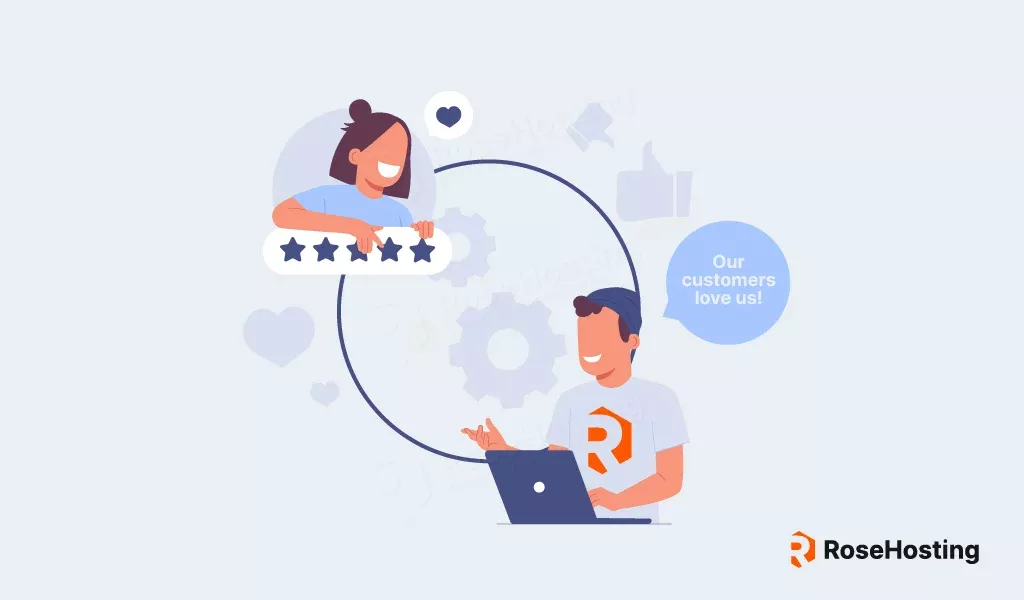
‘Having a customer-first mindset’ sounds like obvious advice. And it is.
However, it’s surprisingly easy and common for businesses in hyper-competitive or constantly changing industries to unintentionally lose sight of their customers. To avoid this pitfall, constantly ask yourself “What’s in it for my customer?”. If your latest project, tool or feature doesn’t provide an answer to that simple question, don’t waste your time on it.
Leading with this philosophy will help you create products and design services you know your customers will love. This in turn will not only bring in growing revenue, but nurture brand loyalty and a stronger online presence.
Keeping your customers top of mind every time you implement a change in strategy for your business blog will also give you a higher level of control over the customer experience and perception of your business. This will make you aware of the customer journey. Having that knowledge helps remove pain points and unnecessary barriers you might otherwise miss.
A customer-first mindset also involves making sure your customers know how much you value them. Being as transparent as your industry allows you to offer loyalty or affiliate programs. Providing stellar support is another way you can show customers your appreciation.
Be more present
There’s more to do after establishing a favorable online position and a strong brand presence with your target audience. Maximizing your reach should become a key focus if you plan to expand your business.
Having an active blog and writing about topics that your visitors and customers are interested in will make you more visible. Doing so will also position yourself as an expert in your industry, leading to an increase in both new and repeat business.
In additional to creating content, you have to remember to make it more reachable. This includes optimizations for search engines as well as having support channels. Additionally, providing fast valuable responses to queries and concerns will impress both potential and existing customers.
After all, the type of customer service you provide potential customers with can be indicative of the type of service you provide existing customers. Being present on platforms you know your target audience is on also helps you understand their needs better. This can even help you come up with ideas for additional products and services you may not have thought of.
The online advantage of being able to connect directly with your target audience and engage with them should not be understated. For decades it was something physical store businesses could only wish for. It establishes stronger relationships, forms a community around your brand, and ultimately lets more people know about your brand.
Communicating and engaging with your target audience is the most organic and effective ways to grow your online business.
Partner and Collaborate with Other Businesses

Though in some instances it may feel counterproductive, partnering with businesses and collaborating with entrepreneurs and influencers in compatible niches can drastically speed up your business’ growth. In particular working with partners whose products and services complement yours can be a mutually beneficial. A closed mindset of “my customers are my own”, negates the fact that customers are seldom loyal to one business and stay with that brand only.
Think of it this way – if you’re in the car selling business, your customers will also need extra items. Petrol, car insurance and a place to maintain and repair their vehicles to name a few. If these are not services you offer, take the opportunity to partner with businesses with that mutual audience. You can direct your users towards them and they can send users your way. You can work on an exchange basis, various commission models or even as affiliates.
This being said, having complementary services alone may not be enough reason to collaborate with a business. You should look at their values, how they operate, and how they interact with their customers. Misalignment in core values can damage your brand and hinder your long-term business growth in exchange for a quick customer or revenue boost.
The best thing about partnerships is that they can be simple. Making guest blog posts for each other’s websites, holding joint interviews, or featuring complimentary products on both websites linking to one another.
Connecting with potential collaboration partners more often than not starts with a simple email. A short message and a quick hello goes a long way to creating working relationship opportunities. After sufficient back and forth conversation, you can discuss partnerships, specific campaigns and strategies.
Additionally, you can replicate your competitor partnerships or join groups and events to connecting with like-minded business-owners. Constantly making new connections and maintaining positive business relationships not only helps you grow your business, but drastically decreases your reliance on a few pivotal sources of customer flow such as SEO or social media. This in turn makes your site far more resistant to any negative algorithm changes these companies may unleash unexpectedly.
Be open to constant learning
Growing your business requires constant learning and find ways to improve yourself. It’s only natural to stagnate in idea flow and trying new tools and ideas as your company gets a steady foothold. But, staying in this mindset for long is incredibly dangerous. Online businesses have the advantage of having a global audience at their fingertips. The downside lies in that there’s also an exponentially higher number of competitors. Even if you’re leading your market by a significant margin, you can’t rest. By taking your foot off the pedal and relaxing for too long, you open the doors for competitors to utilize cutting edge technology to catch up and surpass you. With the sheer volume of competitors out there, it’s not a question of when, but a question of if.
Even if you’re constantly vigilant, learning and pushing for aggressive business growth, odds are you’re not alone. Any successful strides you make today can be undermined hours later by a competitor half way around the world offering a similar product at either a lower price point or with a better service. The entirety of the Internet is an extremely competitive battleground where trends and changes happen instantly.
The only consistently successful method of growing your business online remains to constantly upskill. Keep up with new technologies and trends and test and implement ideas constantly. Constantly training won’t lessen the number of changes your industry goes through. But it does make these changes manageable and easier to respond to.
Don’t get overwhelmed – any changes and difficulties your business faces is more than likely something that your competitors are going through as well. Constant learning should be a step-by-step process. Whether you’re honing a soft or technical skill, you can always start small and improve one skill at a time.
Be Data-Driven
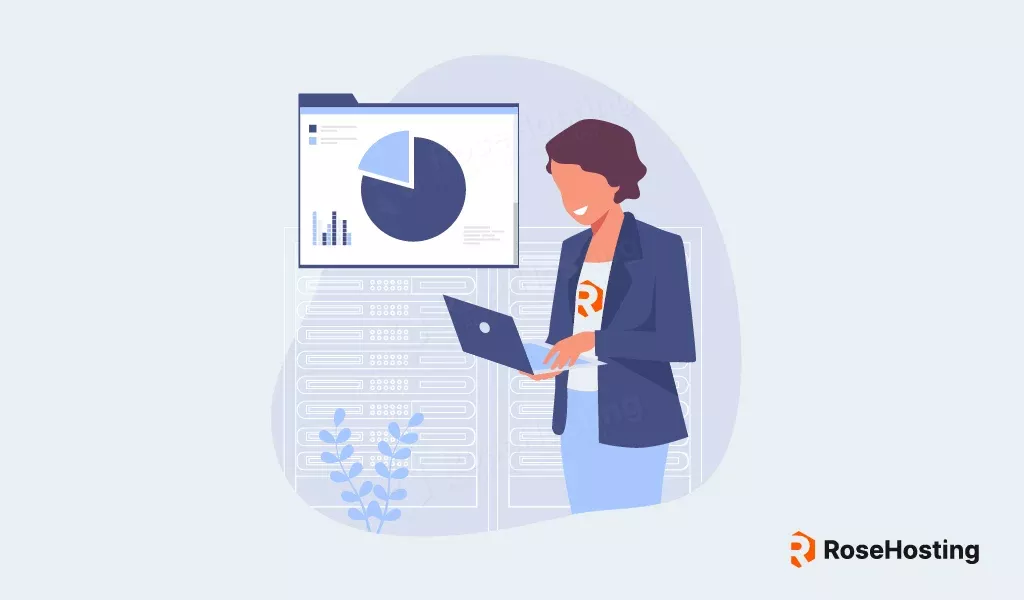
Our marketing director often says “It’s not what you or I believe is right. It’s only what our customer believes is right that matters”.
It’s a rather direct way of removing egos from a conversation and understanding that if an online business wants to be successful, it needs to be data-driven.
Statistics are often misrepresented and used in misleading ways to favor a single side of an argument. With a solid understanding of statistics and a data-driven approach, it’ll become impossible for anyone to hide facts or fudge the numbers.
Moreover, keeping track of vital metrics, competitive research, along with qualitative and quantitative data will make it easier for your business to improve existing strategies or pivot to new ones where needed.
Being data-driven requires you to make researching a habit.
No, this isn’t just about conducting a regularly scheduled company assessments or competitor analysis.
You need top-level reports. Follow recent developments in your industry and be up-to-date on laws that affect the areas where your business offers services. It’s also a good idea to periodically check on your competitors to not get left behind. They may have an edge that you can apply in your business as well.
Being a data-driven business by collecting data, studying trends, and using the right tools will help you implement more robust improvements in your business and aid you in delivering great experiences.
Be Innovative
Innovation is the crux of all modern industries and it’s no different when it comes to growing your online business.
Especially in a digital environment, don’t be scared off from trying new things or think way outside the box. Testing ideas and learning from them is an important part of running any business. This goes from important to an absolute necessity with anything digital.
If being innovative scares you or sounds like an expensive trait to have, remember: being innovative doesn’t mean being careless.
Mitigate potential risks with studies and preparation. Go with a managed hosting provider to avoid any headaches.
If you want to give your ideas a try, remember to establish metrics and reasonable milestones so you can measure progress. You’ll find it easier to make changes, refine your approach, or quit an idea if it isn’t working out.
Being innovative keeps you hungry and inspired.
Key Takeaways
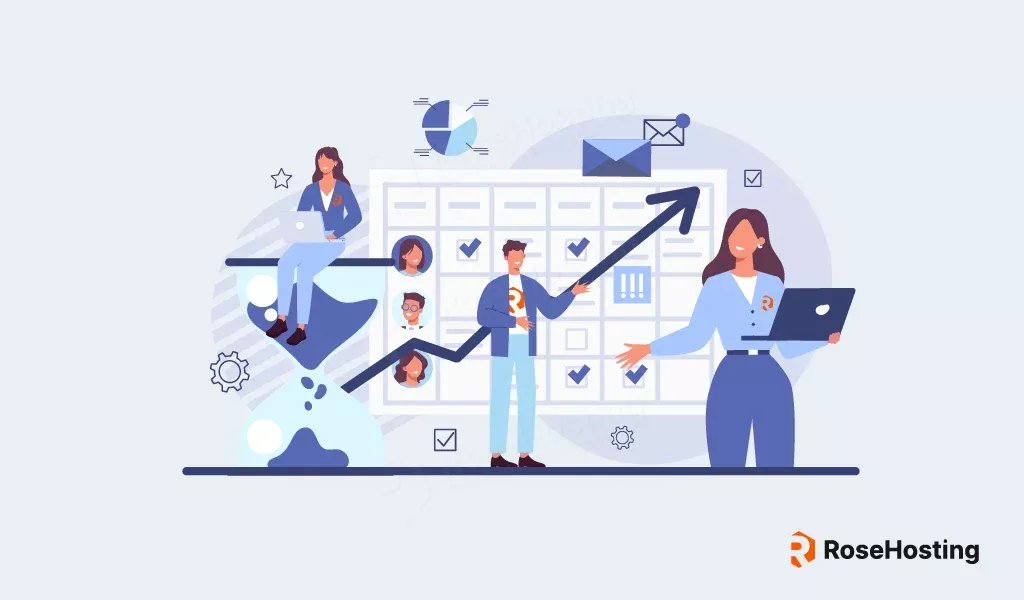
Knowing how to grow your online business takes a lot of research, preparation, and planning. To compete and succeed, you need to run many tests, go through a ton of data, and possess or develop a very specific set of digital traits. Additionally, you need to keep in touch with your customers and tailor your entire business model to meet their ever-growing needs.
Having an online business is far from easy. As long as you have a data-backed strategy, a customer-first mindset, and a great team, you can overcome these daily challenges and be a part of a flourishing business.